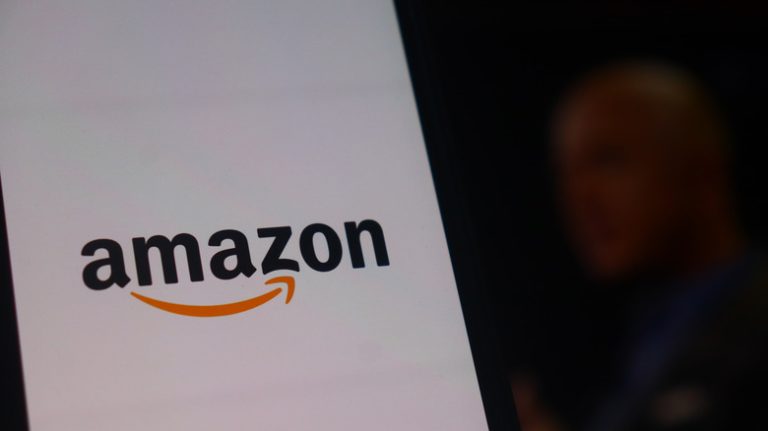Amazon updates its “Best Sellers in Washers & Dryers” chart every hour, and by mid-June 2025 portable machines held the top spots. The No. 1 item was the Black+Decker 0.9-cubic-foot portable washer; the Auertech twin-tub portable washer sat at No. 2, and several other mini washers rounded out the top 10. The separate “Best Sellers in Portable Clothes Washing Machines” page tells the same story; the first three products are all small, plug-in washers rather than full-size units. These rankings are based on real-time sales. Amazon’s data shows the COMFEE 0.9 cu ft portable washer has nearly 7,935 user reviews averaging 4.4 stars. It costs between $249 and $419.99.
The BLACK+DECKER 0.9-cu-ft is slightly higher; it has 7,945 reviews at an average of 4.4 stars and goes for $328 on the low end and $850 on the high end. There are other compact washers that are just as good. The Giantex Portable Washing Machine has 4,005 reviews at 4.2 stars, and the Auertech Twin Tub shows 1,803 reviews at 4.1 stars. Since every model scores at least 4 stars and pulls in thousands of reviews, it is enough proof that portable washers dominate Amazon’s small-appliance best-seller lists. Hustle Life confirmed this in 2024 when it listed portable washing machines among the 10 most expensive items to sell on Amazon, noting the keyword “portable washing machine” gets about 107,000 searches each month.
Cost savings drive customer demand
Laundry costs add up quickly. In 2024, The Laundry Boss found that a wash-only cycle at a laundromat runs $2 to $4, and drying adds another $1.50 to $2.50, so one load can cost over $5 before you buy detergent. A Clean Right survey from the same year shows full wash-and-dry services in cities now cost $4.75 to $9.75 per load, and those prices keep rising. For someone doing three loads a week — like many renters or students — that adds up fast. At those rates, you’d spend between $75 and $150 a month just to clean your clothes. It is for this reason Rick Steves says you should wash clothes in sink while visiting Europe.
Home machines slash that bill. Doing laundry at home costs about $1 to $3 per load — including water, electricity, and detergent — according to Clean Right in 2024. Plug-in portable washers cut that even more. They use only cold water, little power, and wash six to 10 pounds of clothes at a time. For apartment renters without built-in hookups, a portable washer means no more trips to the laundromat. If you’re spending around $6 per load at a coin-op but just $1.50 at home, you’ll save about $4.50 each time. Over a year, if you wash three times a week, that adds up to more than $700. That’s enough to cover the cost of a countertop washer within twelve months.
The business of selling portable washing machines
Americans spend a lot on Amazon each month and the Home & Kitchen section is one of the busiest. In 2024, Jungle Scout found that 35% of all third-party sellers offer products there, more than any other category. That same report shows around 30% of those Home & Kitchen sellers clear net profit margins of at least 21% after Amazon fees and shipping.
Seller Snap’s 2024 “Most Profitable Categories” study backs this up, noting roughly three in 10 Amazon merchants hit that 21%-plus benchmark. Industry experts say those numbers are within reach for small-appliance sellers. Seller Assistant’s 2025 margin guide recommends aiming for a 15% to 30% net profit on physical goods. Once you lock in your manufacturing and shipping costs, most Home & Kitchen items, like portable washing machines, can achieve those healthy margins.
Portable washing machines hit all the right notes for Amazon sellers. They pack into small cartons, don’t require special handling, and sell every month, unlike holiday decorations. People do laundry every week, so demand stays steady. If a washer retails for $260 to $380 but costs under $200 to buy and ship, sellers can earn more than a 20% profit. Most Home & Kitchen sellers use Fulfillment by Amazon (FBA), which makes storing and shipping easy. Because these washers have low return rates, sellers can scale up without worrying about a lot of losses.






